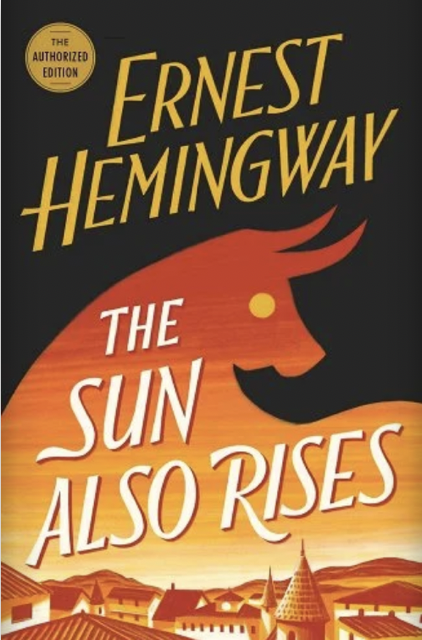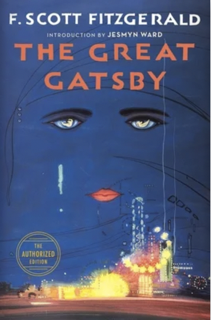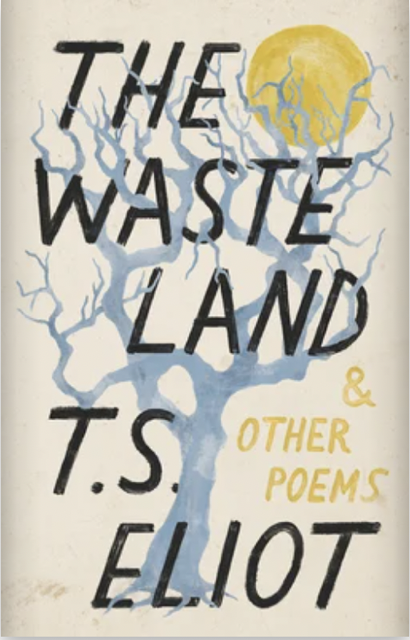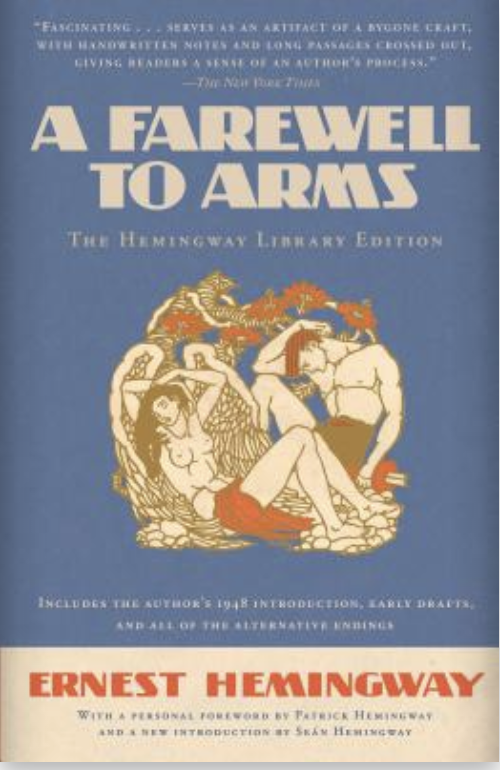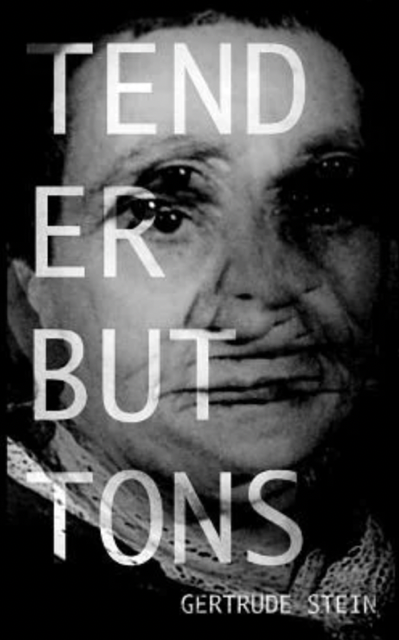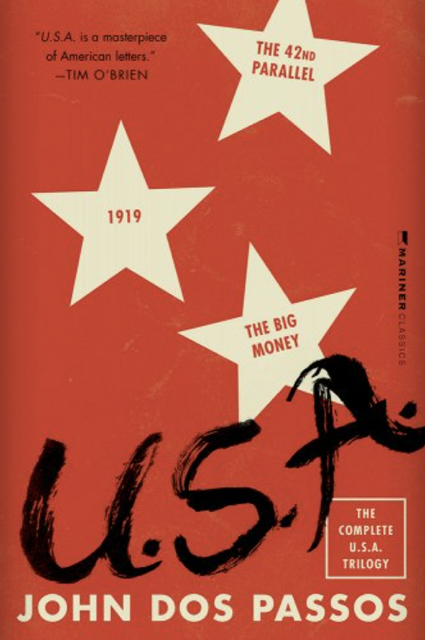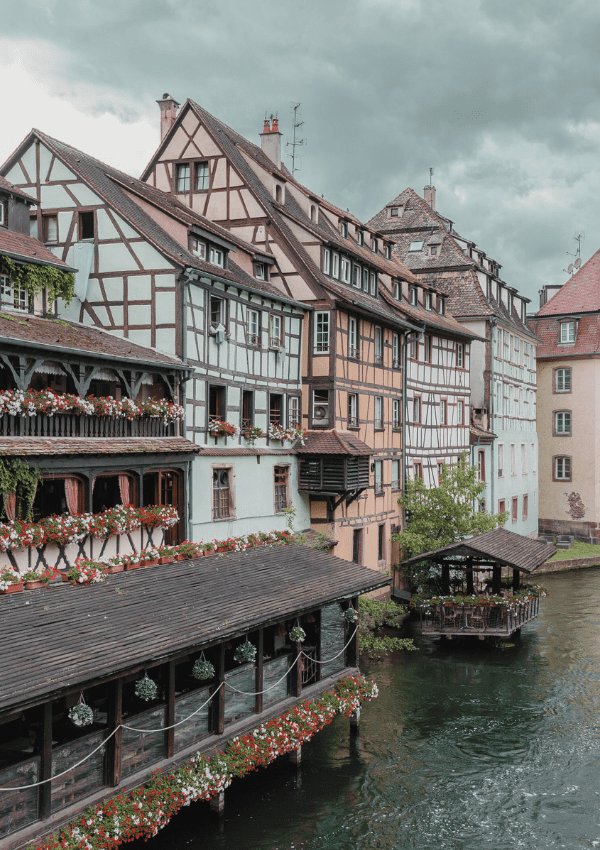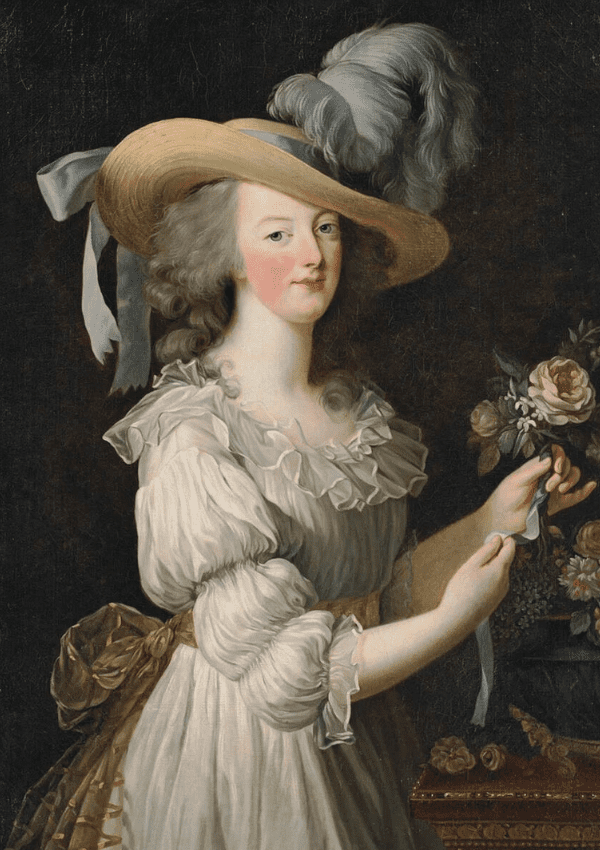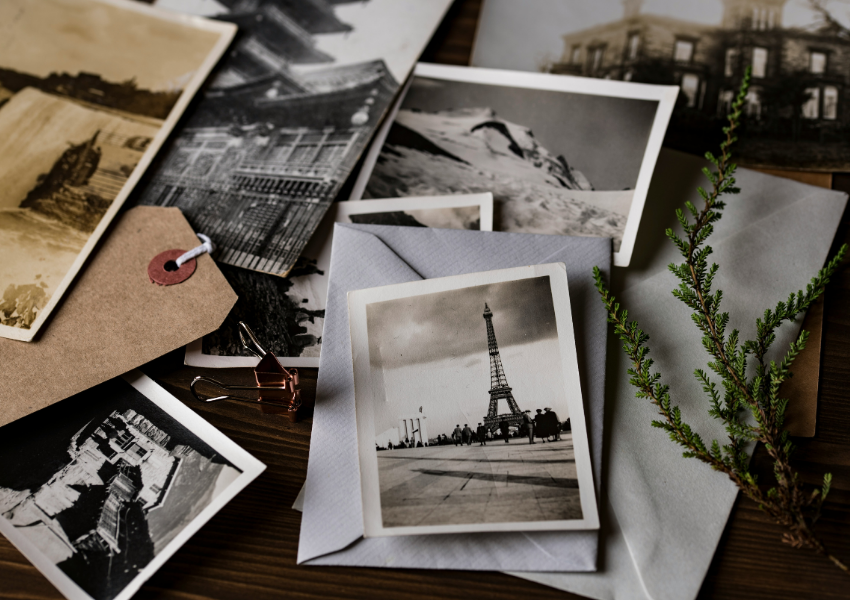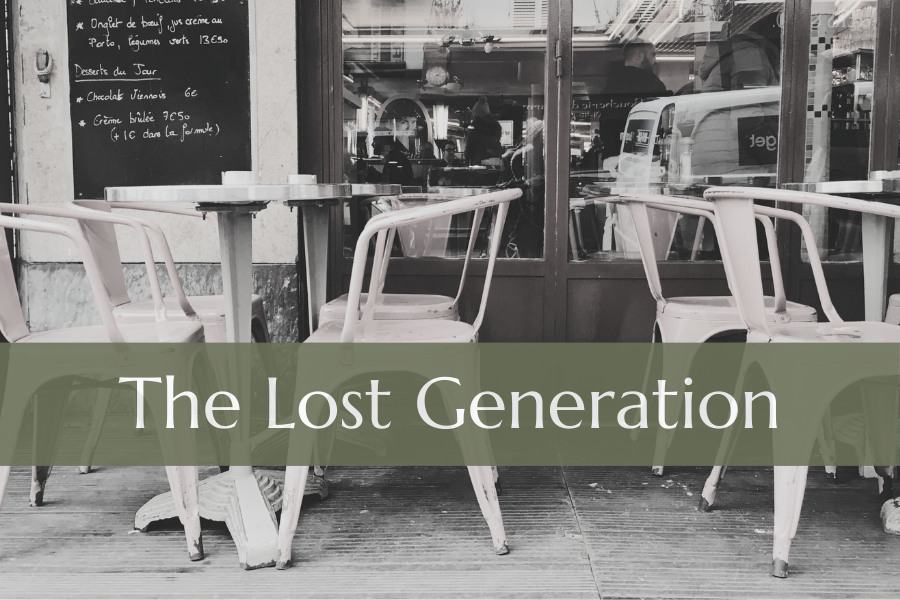
This blog post explores the lives of those who, emerging from the shadows of World War I, dared to challenge societal norms.
Defined by their existential crises and profound disillusionment, figures like Hemingway and Fitzgerald turned to the written word to navigate their post-war reality.
In this blog post, you will learn about the intellectual and cultural aftermath of the Great War. You will learn about these literary giants and their time in Paris. This post follows their quest for meaning and identity and the mark they left on literature. You will also learn why these themes are still significant today.
This blog post is about the history of the lost generation in Paris.

Why is it called the Lost Generation?
The “Lost Generation” refers to those who came of age during or immediately following World War I. Widespread disillusionment and existential crisis mark this period. The term first appeared in Earnest Hemingway’s “The Sun Also Rises” but was coined by Gertrude Stein. It caught on because it captured the sense of aimlessness and despair felt by many who had lived through the horrors of the war.
This generation questioned the values and norms of the pre-war society. They felt lost in the face of the horrors they had witnessed and the instability that followed. Their writing aims to capture the physical and emotional toll of the war and the intellectual and cultural left in the wake of the Great War.
This generation turned to writing to explore alienation, moral loss, and searching for meaning in a post-war world.
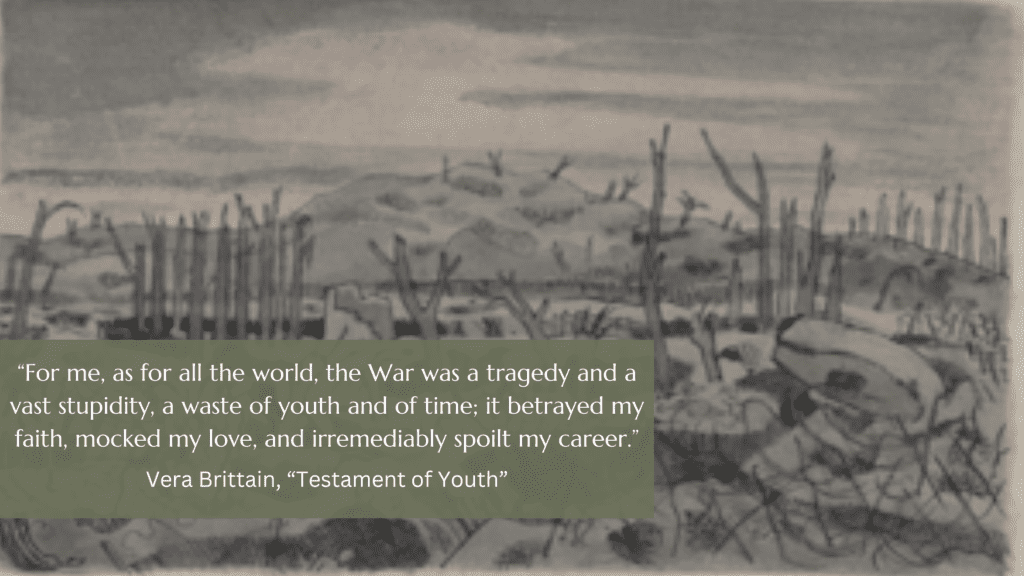
Who Were the Famous Writers and Poets of the Lost Generation?
(This list focuses on those that spent time in Paris, and does not fully represent the entire movement)
- Ernest Hemingway is known for works like “The Sun Also Rises” and “A Farewell to Arms.” His writing grapples with existential questions of the Lost Generation.
- F. Scott Fitzgerald is best known for The Great Gatsby. His novels explore the Jazz Age’s excesses, disillusionments, and ultimate emptiness.
- Gertrude Stein was an avant-garde writer, poet, and art collector. Her salon was a gathering place for key figures of this group.
- T.S. Eliot is most famous for his poetry. His work, “The Waste Land,” captures the post-war breakdown of societal norms and values.
- John Dos Passos‘s work focuses on the impact of capitalism and war. His trilogy, “U.S.A.,” uses innovative techniques to explore the rapid social changes.
How to Find the Lost Generation in Paris
Paris has long been a muse for artists, writers, and intellectuals seeking inspiration among its storied streets and cafés. During the early 20th century, it became a haven for the Lost Generation.
The city’s vibrant cultural scene and bohemian lifestyle attracted many writers who would leave an indelible mark on literature. The Lost Generation made five iconic Parisian locales famous. In these places, one can still feel the echoes of their literary and cultural contributions:
- Shakespeare and Company Bookstore: Nestled on the left bank of the Seine, this English-language bookstore became a literary hub for expatriate writers. Founded by Sylvia Beach, it was more than just a bookstore—it was a library, a gathering place, and even a temporary home for struggling writers.
- Les Deux Magots: Once the meeting spot for Paris’s intellectual elite, this café in Saint-Germain-des-Prés counted among its patrons Ernest Hemingway, Jean-Paul Sartre, and Simone de Beauvoir. Sitting at its tables, one can imagine the spirited discussions and debates that fueled the era’s creative explosion.
- Café de Flore: Just a stone’s throw from Les Deux Magots, Café de Flore was another key rendezvous for writers and philosophers. The café’s Art Deco interior has changed little since when Hemingway and Gertrude Stein mused over coffee and manuscripts.
- The Latin Quarter: This historic area of Paris, known for its bohemian atmosphere, was frequented by Lost Generation writers drawn to its affordable cafes, vibrant street life, and academic energy emanating from the Sorbonne University.
- Montparnasse: This neighborhood was synonymous with Paris’s artistic and literary life in the 1920s. Bars and cafes like La Closerie des Lilas, where Hemingway wrote parts of “The Sun Also Rises,” and Le Dôme Café, a gathering place for artists, served as the backdrop for the creativity and camaraderie that defined the Lost Generation.
{Related Reading: 3 Reasons to Fall in Love with Parisian Cafe Culture}
Visiting these iconic locations offers a tangible connection to the past, inviting us to walk in the footsteps of those who sought to redefine art and literature in the wake of one of history’s most tumultuous periods.
Recommended Reading
“The Sun Also Rises” by Ernest Hemingway
This novel is emblematic of the Lost Generation’s experiences. It focuses on American and British expatriates wandering through Europe, showcasing their disillusionment and moral wanderings post-World War I.
“The Great Gatsby” by F. Scott Fitzgerald
A quintessential exploration of the American Dream’s corruption and the pursuit of happiness in the Roaring Twenties.
“The Waste Land” by T.S. Eliot
This poem is a landmark of modernist literature. It presents a fragmented view of post-war society struggling with its identity and faith amidst the ruins of Western culture.
“A Farewell to Arms” by Ernest Hemingway
Drawing on Hemingway’s own experiences as an ambulance driver in World War I, this novel explores themes of love, war, and the quest for meaning in a seemingly indifferent universe.
“Tender Buttons” by Gertrude Stein
This collection of poems is one of Stein’s most notable works, exemplifying her experimental approach to writing. Characterized by its stream-of-consciousness style, “Tender Buttons” breaks down traditional narrative and linguistic structures to explore the essence of objects.
“U.S.A. A Trilogy” by John Dos Passos
Comprising “The 42nd Parallel,” “1919,” and “The Big Money,” this trilogy employs a range of experimental techniques to paint a broad, comprehensive picture of American life and society from the early 20th century through the Roaring Twenties, capturing the essence of the Lost Generation’s experiences and critiques.

